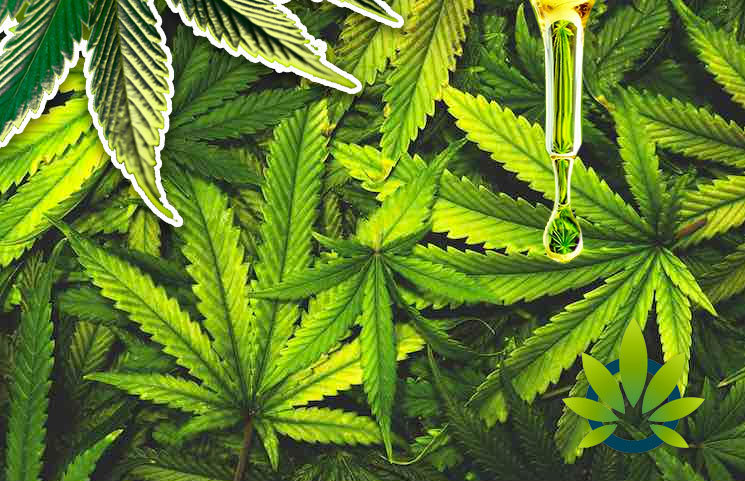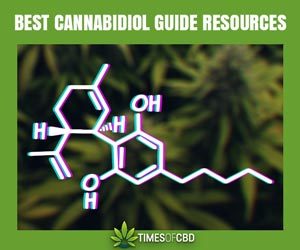Guides
CBD Tolerance Analysis: How to Avoid Running the Risk of Building Up Cannabidiol Tolerance

The first thought that may come to mind when hearing of a “CBD tolerance” is whether it is even possible. CBD that either has under 0.3% THC or none at all tends to cause a calming and relaxing effect, so it essentially suggests that one is building a tolerance to these effects. Even if it were possible, it would be counterproductive to experience a tolerance to such qualities.
In any case, there is limited research in the area. According to one study, animal studies where mice were injected one a day for 14 days with either CBD or THC indicated that the mice did build a tolerance. The tolerance, though, was to the effects of the THC, and not the CBD.
The report continues that there have been no reported studies on the potential physical dependencies on the effects of cannabidiol.
Interestingly enough, although a tolerance is not possible, it could result in a reverse tolerance. This occurs because taking CBD over time increases natural endocannabinoids in the body. As a result, users should be able to decrease their dosage as they continue to take the product, while experiencing the same effect.
Those who would like to bypass this effect and to be able to take higher dosages may want to cease taking CBD for a period of time. Doing so may decrease the body’s natural production of endocannabinoids. Keep in mind, though, that it is best to speak with one’s prescribing doctor on the issue or with a medical professional. This way, users can ensure that they are making the right decision for their needs.
Further, it is important to recognize that more research into CBD reverse tolerance is needed. There are no conclusive studies on the matter. But, this could change as CBD becomes more prevalent.






